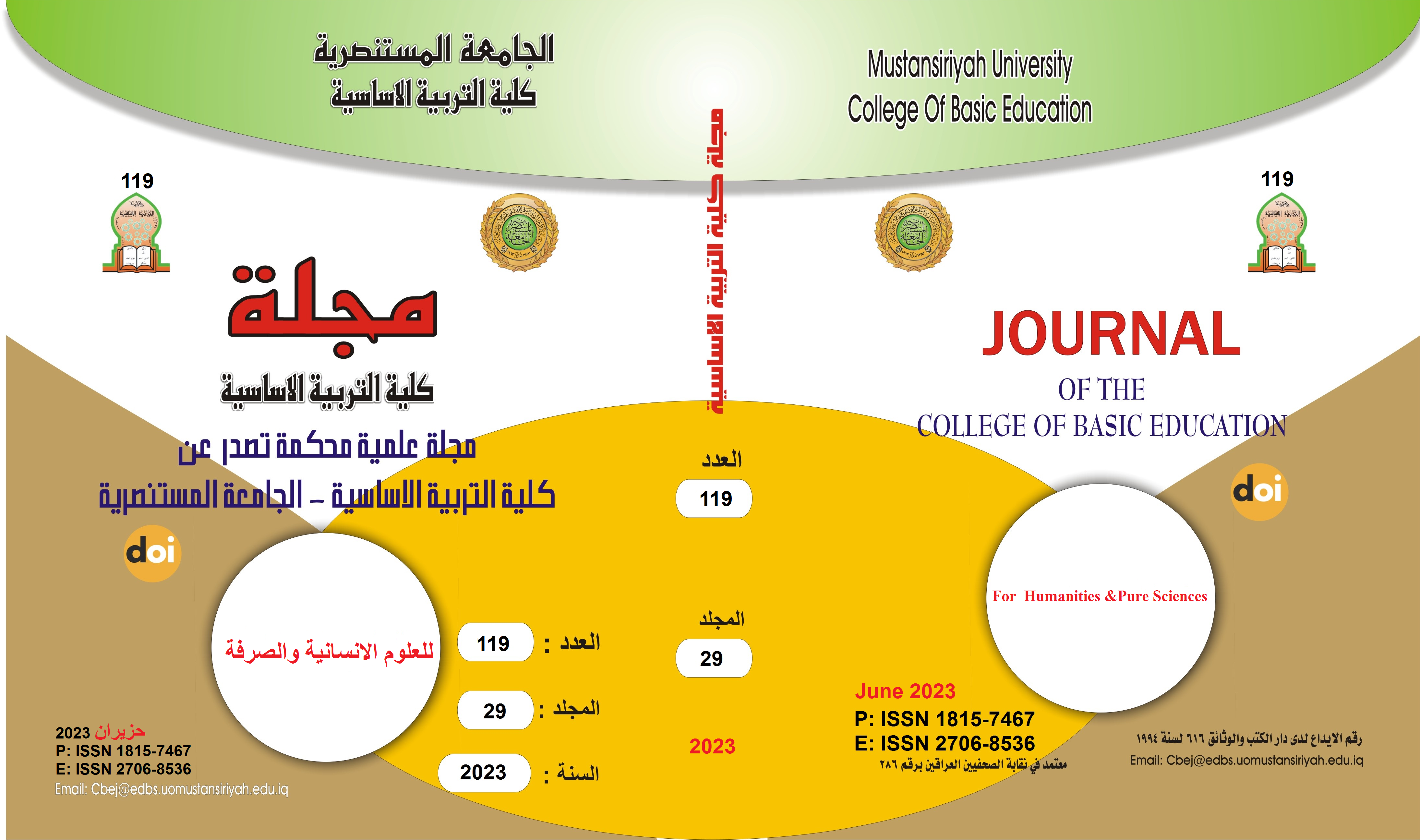Studying the efficiency of four types of pathogenic fungi in controlling two insects of cotton and black bean on strawberries
Main Article Content
Abstract
The results of the laboratory experiment to estimate the relative efficacy of fungal preparation treatments in controlling aphids showed that the fungal preparation Lecanicillium muscarium is more efficient than the rest of the fungal preparations used in the study, namely, Isaria, fumosorosea, Beauveria bassiania, and acridum Metarhizium. The corrected rate of death after 7 days of treatment for nymphs of cotton was 92.8% and for adults 88.78%, while the corrected rate for death for nymphs of black basil was 87.32% and for adults 83.65%. The results of this study showed that the nymphs are more affected by fungal preparations than the adults. And when comparing these results with the efficiency of the chemical insecticide used in controlling the two types of aphids, the results were very close to the efficiency of the fungus preparation Lecanicillium muscarium. The corrected percentage of death for the insecticide for nymphs and adults of cotton was 95.92 and 92.85%, respectively, for nymphs of black bean 95.84% and for adults 89.43%.
Article Details

This work is licensed under a Creative Commons Attribution-ShareAlike 4.0 International License.
